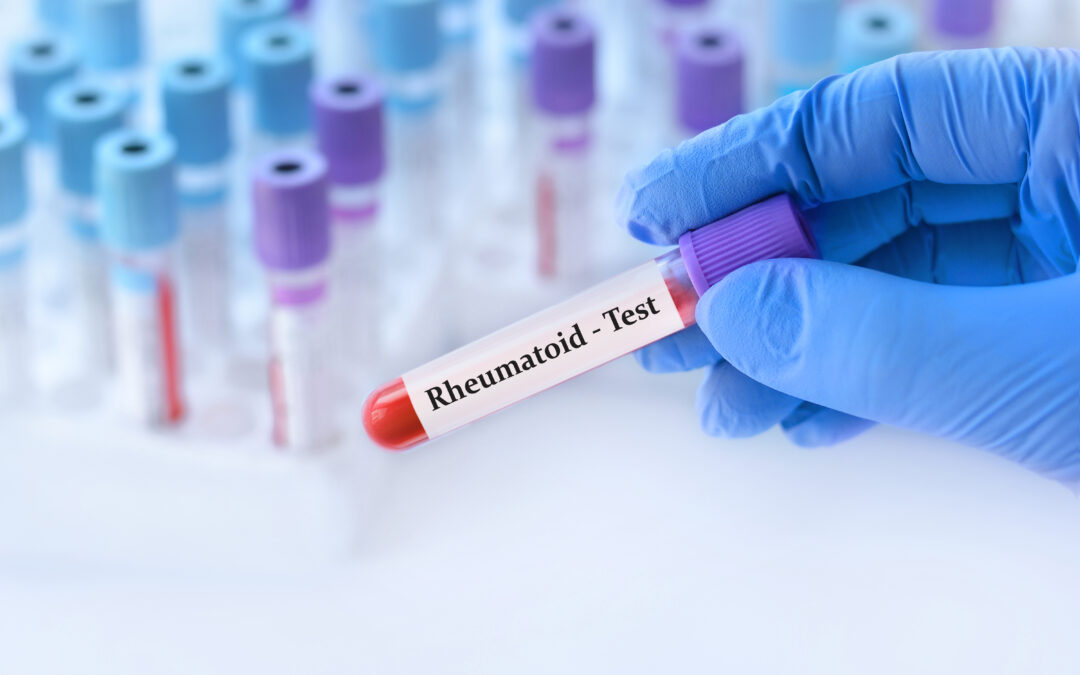


Advancing Respiratory Disease Diagnosis with Cutting-edge In Vitro Diagnostics Tools
Respiratory diseases represent a significant global health challenge, affecting millions of people every year. Chronic respiratory diseases (CRDs) were shown to affect over 450 million people globally in 2019, an increase of nearly 40% in comparison to 1990. 4 million...
The Impact of high-specificity antigens for STI Diagnostics
Both men and women fall, victim to infertility, illness, long term disability and even death due to Sexually Transmitted Diseases (STDs). Each day, over 1 million curable sexually transmitted infections (STIs) are contracted globally by individuals aged 15–49, with...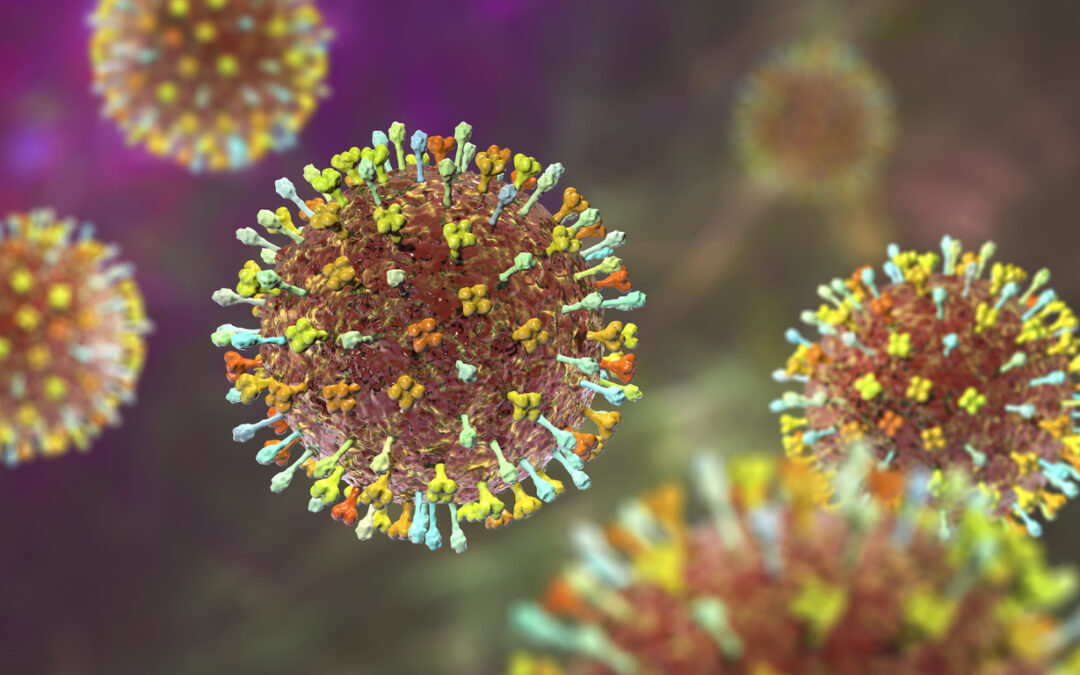
Hendra and Nipah Viruses: Catalysing Urgency in Vaccine Development and Diagnostic Advancements
Hendra and Nipah viruses are two closely related pathogens that belong to the genus Henipavirus within the family Paramyxoviridae. These viruses have garnered significant attention due to their zoonotic nature and their potential to cause severe and often fatal...
A Spotlight on Effective Parental Care: TORCH Serology
TORCH is an acronym representing a group of infectious agents that typically cause mild and treatable diseases in healthy individuals, however, if acquired during pregnancy, they pose a risk of severe birth defects and fetal death. Recognizing maternal infections and...
New Tools for HIV Diagnosis
Enabling a new generation of Human Immunodeficiency Virus 1 (HIV-1) and HIV-2 diagnostic assays and structural studies Sensitive and accessible diagnostics and medication remain the only tools to tame the spread and protect the population from the life-limiting...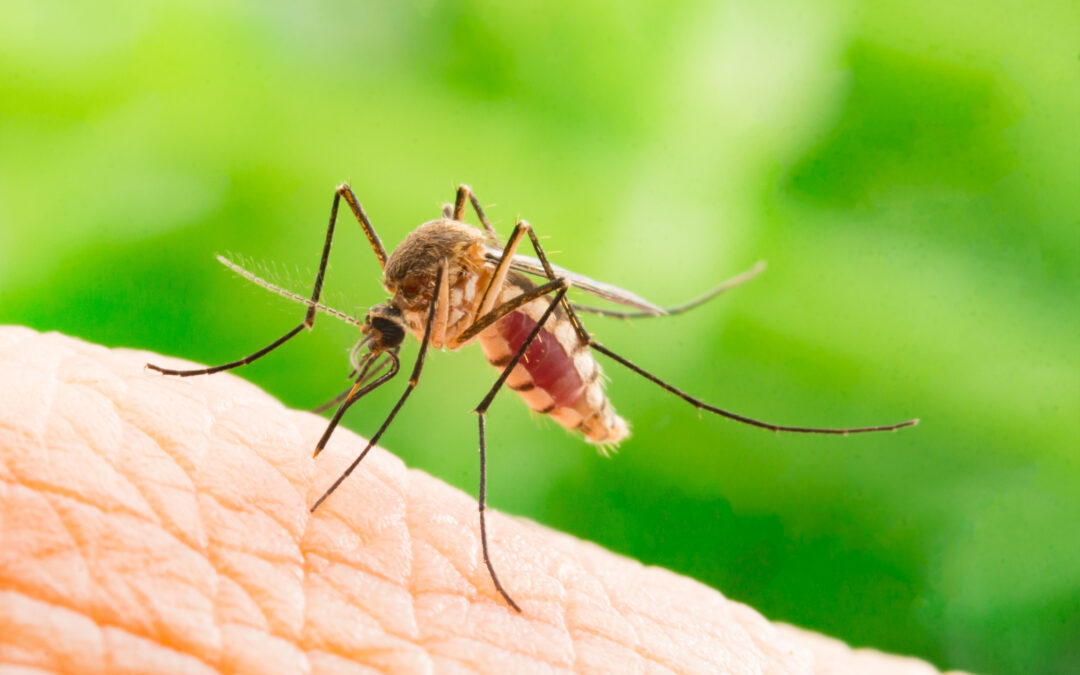
Flaviviruses on the rise in Europe: autochthonous cases of Dengue detected!
NASA has recently confirmed that the summer of 2023 was the hottest in history (O’Shea, 2023). The record-breaking air temperatures and the unprecedented disappearance of Antarctica’s ice are clear indications of intensifying global warming, which is altering climatic...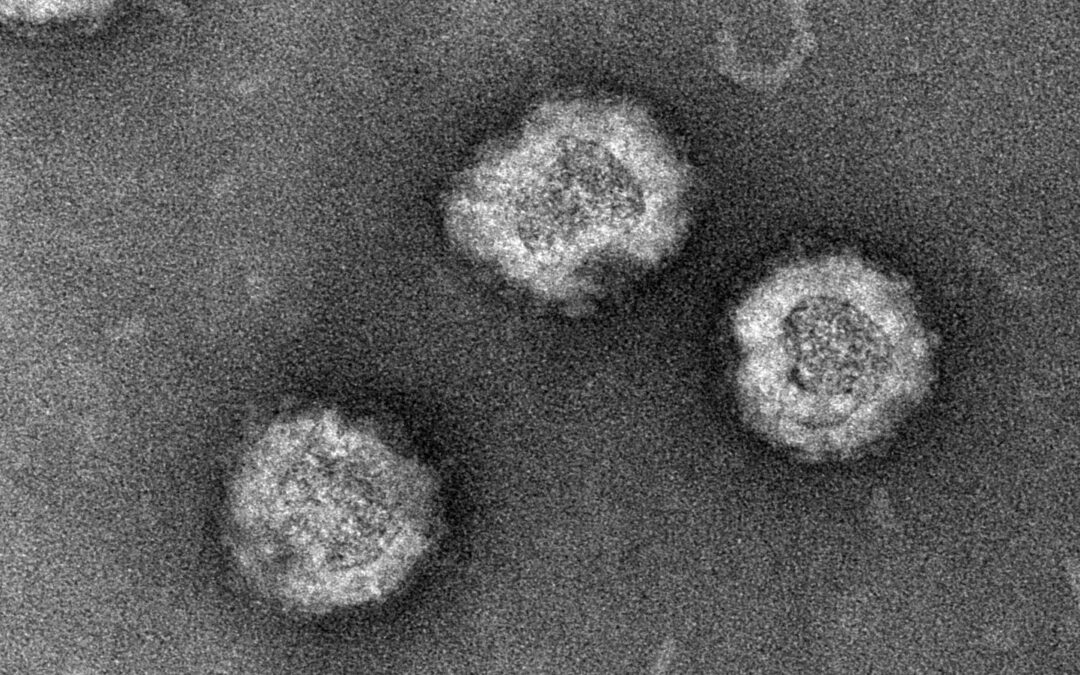
Virus-like particles – the new candidate of choice for diagnosing and preventing rubella
Infectious diseases are becoming increasingly difficult to manage in the modern medical landscape. Emerging pathogens, mounting antimicrobial resistance, increasing world travel and changing lifestyles have added layers of complexity to controlling and containing...
LGC Clinical Diagnostics will be at AACC 2023 in Anaheim, CA
July 24 – 27 | Booth # 1423 Join our team of experts in Anaheim, California as we represent and discuss our full portfolio of Quality Measurement Tools, covering: Maine Standards | Calibration Verification SeraCare | Quality Controls and Reference Materials The...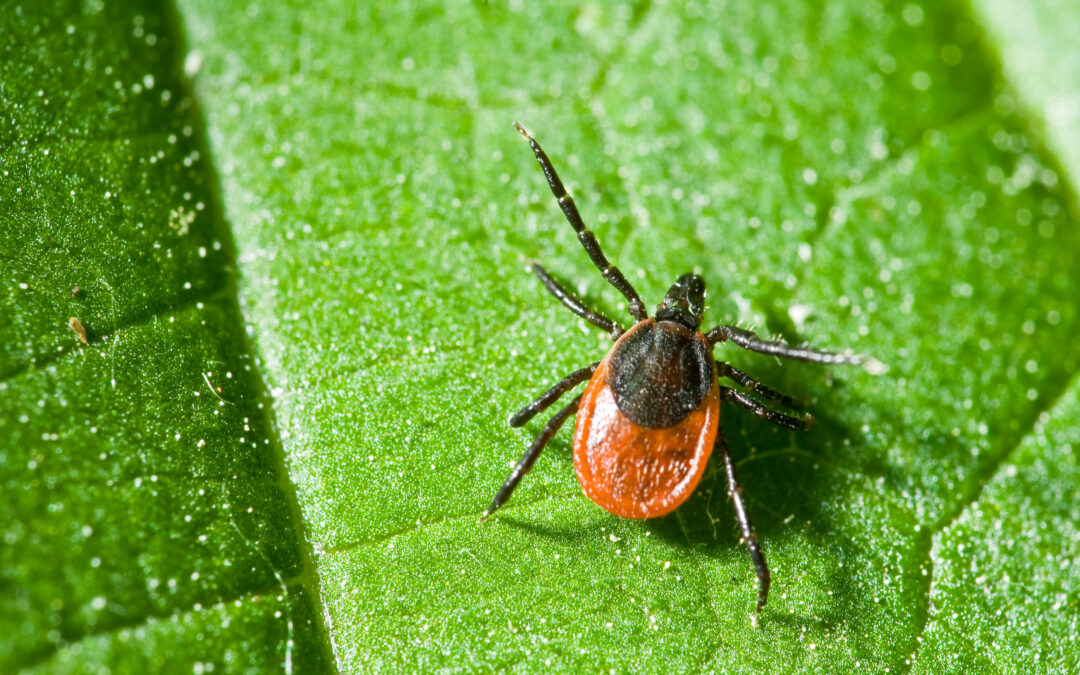
Tick-born encephalopathy virus (TBEV) resurgence and increased diagnostic surveillance.
Tick-born encephalopathy cases in Europe have increased exponentially over the last decade. As a result of the first confirmed TBE virus case reported in England, increased diagnostic surveillance has been introduced in high-risk areas of the United Kingdom. The...
HITTING A MOVING TARGET
By Holge Hannemann, Director of Research, The Native Antigen Company Influenza viruses A and B are a major public health concern, mainly affecting the pharynx, trachea, and sometimes the lungs of millions of people worldwide each year, with symptoms that range from...
Influenza antigens for Northern Hemisphere’s 2023-2024 flu season
Most recent figures published by UK Health Security Agency show that the 2022/2023 Influenza season has been worse than any of the past surveillance periods (GOV.UK, 2023). High level of Influenza incidence increased the burden on the National Health Service,...
Bacterial Antigens, Antibodies, and custom solutions for your research needs
Group A Streptococcus infections on the rise The unusually high incidence of Invasive Group A Streptococcus disease (GAS), especially dangerous for children and immunocompromised adults, dominated media stories this winter. According to the UK governmental data...
The Native Antigen Company expands infectious disease portfolio to include Sudan Ebolavirus Boniface 1976 Glycoprotein
Antigen designed to support immunoassay and vaccine development applications Oxford, UK, XX December 2022: The Native Antigen Company (part of LGC Clinical Diagnostics), one of the world’s leading suppliers of reagents that enables research into vaccines and...
The Native Antigen Company introduces new range of influenza antigens
Season-specific Haemagglutinin and Neuraminidase antigens will support vaccine and diagnostic reformulation programmes New range developed to cover 2023 southern hemisphere flu season Oxford, UK, 14 November 2022: The Native Antigen Company (part of LGC Clinical...
The Native Antigen Company expands its range of Omicron antigens to include BA.5 variant
New antigens support research into BA.5 variant, currently responsible for over half of global COVID-19 cases Oxford, UK, 02 November 2022: The Native Antigen Company (part of LGC Clinical Diagnostics), one of the world’s leading suppliers of reagents that enables...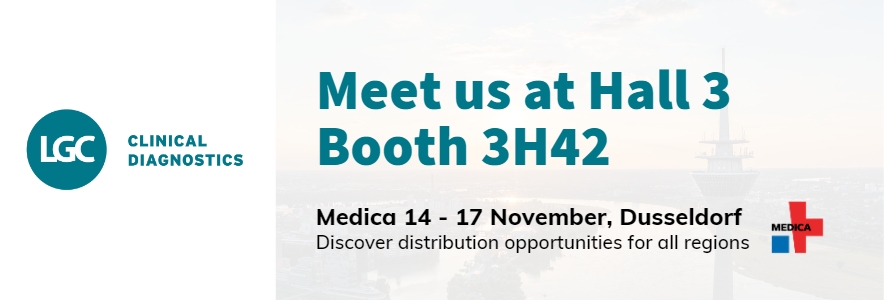
The Native Antigen Company will be exhibiting at MEDICA
The Native Antigen Company will be exhibiting at MEDICA in Dϋsseldorf, Germany, 14-17 November at Hall 3 Booth 3H42 as part of the LGC Clinical Diagnostics Group. Please come and speak with one of our Experts at our booth. In line with the theme of this year’s event,...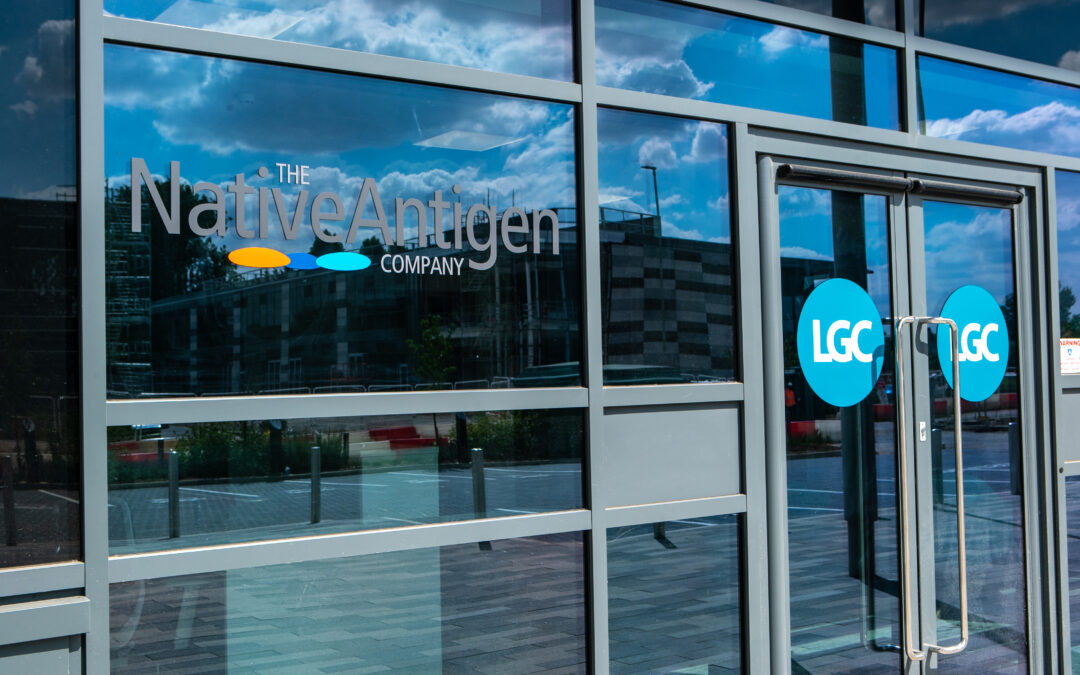
Opening of a new state-of-the-art site in Oxford will deliver critical diagnostics solutions and research
About The Native Antigen Company From its humble beginnings in 2010, The Native Antigen Company has become one of the world’s leading suppliers of reagents, that enable research into vaccine development and diagnostics for emerging and endemic infectious diseases. We...
The Native Antigen Company (Part of LGC Clinical Diagnostics) has moved to a new state-of-the-art site in Oxford, delivering critical diagnostics solutions and research.
Left to Right: Euan O’Sullivan (President and Chief Executive Officer LGC Group), Dame Sarah Gilbert DBE , Mark Dearden (Managing Director, LGC Biosearch Technologies) Teresa Lambe OBE, Nicholas Roesen, (COO The Native Antigen Company), Bharathi Anekella...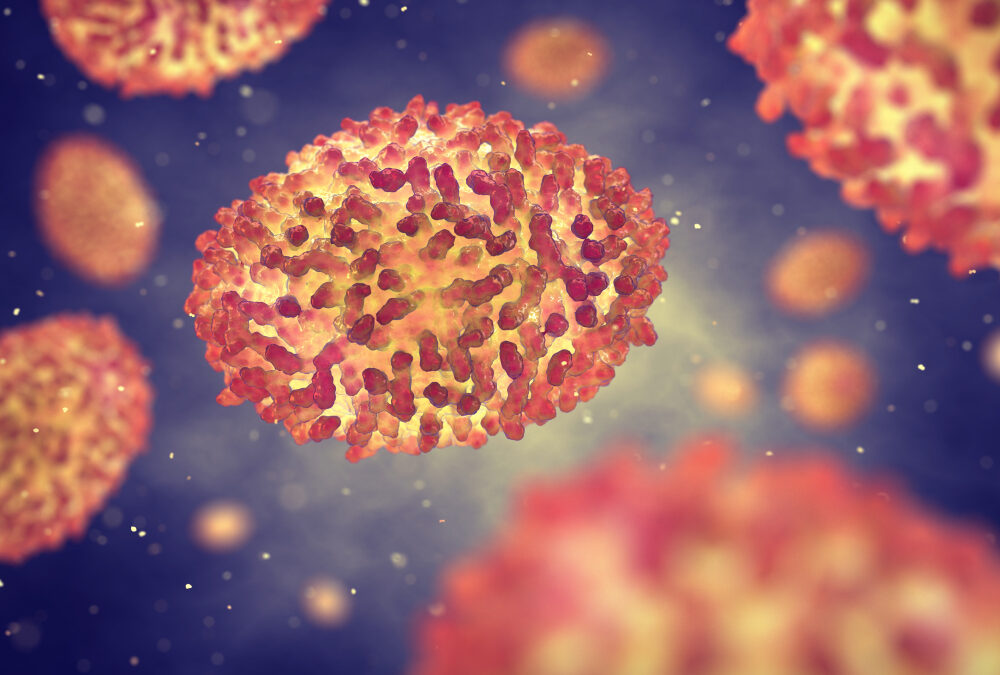
Monkeypox; 3 months on
It has been 3 months since a new, unusually widespread outbreak of Monkeypox was first identified. What was normally a virus confined to limited infections in the West African continent is becoming a global health concern. What have we learned about this virus...
COVID-19 Underlines the Need for Universal Vaccines
This article was originally published on Clinical Lab Manager. In recent history, humanity has witnessed numerous emerging viral diseases, including the SARS, MERS, and SARS-2 coronaviruses, as well as HIV, Zika, Ebola, and H1N1 and H3N2 influenza. None have tested...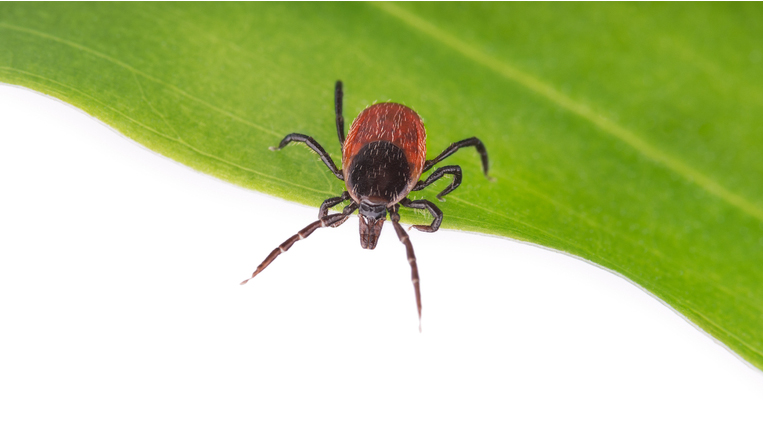
Tick-Borne Diseases: The Need for Integrated Approaches to Human-Animal Diagnosis
This article has been published in Volume 8, Issue 3 of International Animal Health Journal. Ticks are responsible for a diverse group of neglected, and rapidly expanding diseases, affecting humans, companion animals and livestock. A growing understanding of tick-host...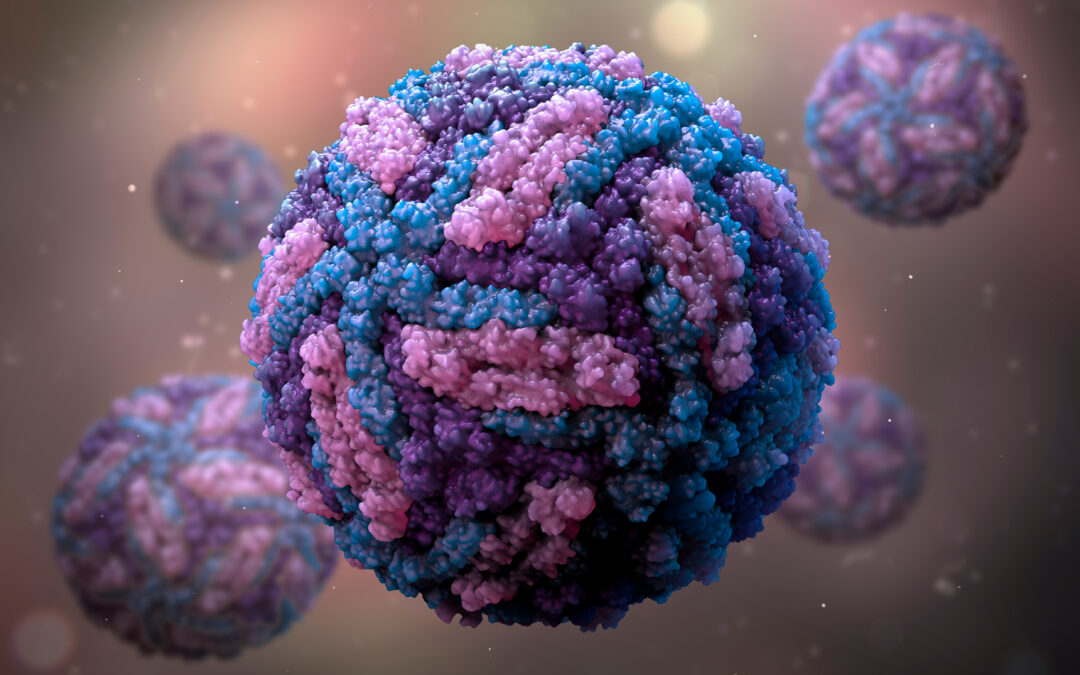
The Continued Challenges of Flavivirus Serology
This article was originally published on the Science Advisory Board. Flaviviruses are a genus of positive-sense RNA viruses, largely transmitted by mosquito and tick vectors that cause infections, including yellow fever, dengue, the Zika virus, West Nile virus,...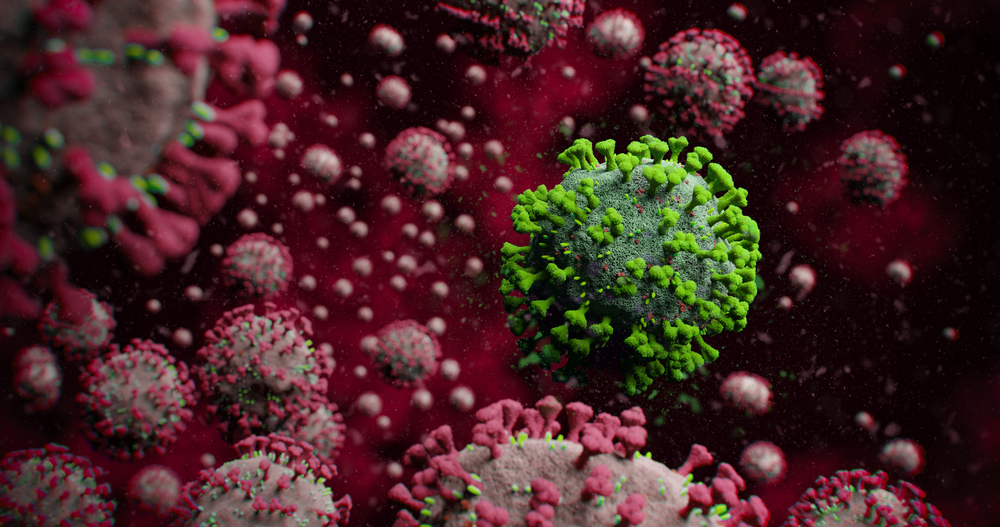
The Role of Serology in Tracking COVID-19 Mutations
This article was originally published on Clinical Lab Products. As SARS-CoV-2 began its global proliferation in early 2020, scientists hastened to investigate its biology, develop diagnostic tests, and design candidate vaccines, marking one of the most...
